Fertile and silty soil are the main ingredients for planting gardens and house plants because they provide plants nutrition and support. Understanding soil structure, characteristics, and types will help growers select suitable soils for outdoor and indoor plants.
Silty soils have mineral-rich silt, which is beneficial for the healthy growth of plants. In addition, these soils are highly fertile due to their higher moisture retention property.
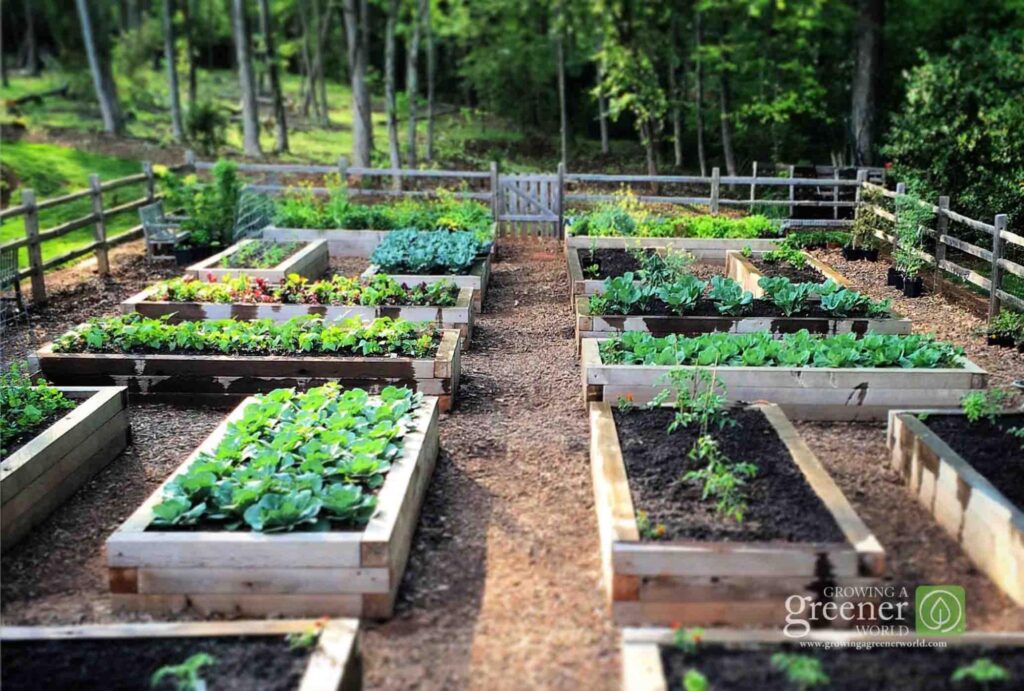
Before understanding the silty soil, first, understand the soil particles, types, and why it is considered a precious resource. Soil comprises three primary particles known as sand, silt, and clay.
The presence of these particles in soil confers a specific set of properties. Therefore, the soil is also characterized based on the number of soil particles (sand, silt, and clay).
Following are the various types of soil with different percentages of soil particles:
1. Sandy Soil
Sandy soil is lightweight, dry, and easy to warm type soil. This type of soil is easy to work with and has a larger particle size. Sandy soil consists of more sand particles and fewer clay particles. This soil has less water holding capacity due to larger particles.
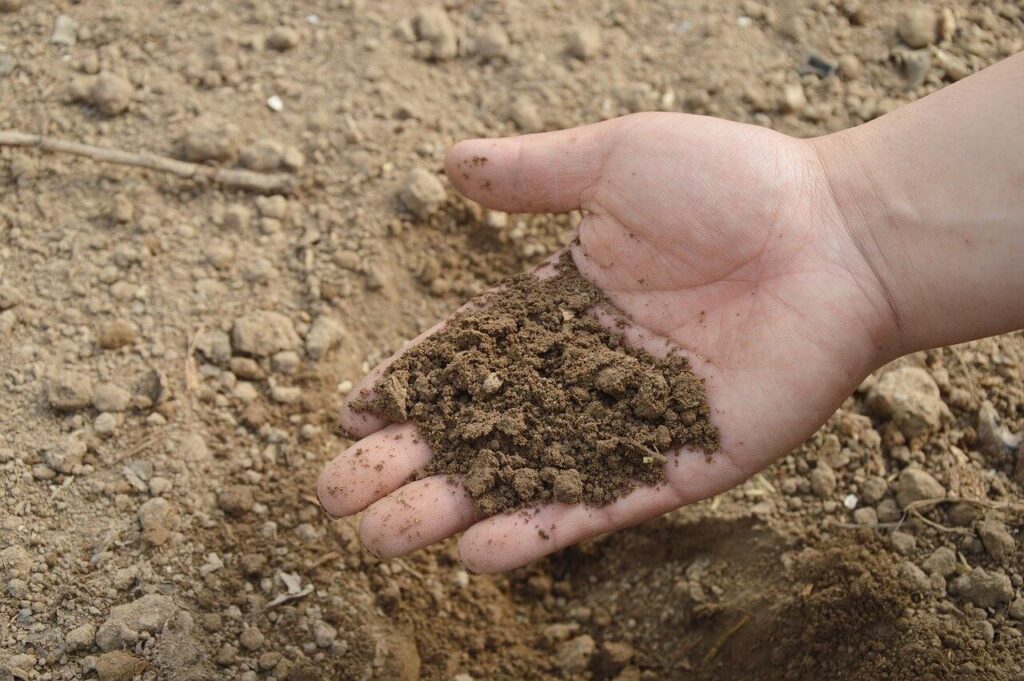
The sandy soil has quick water drainage and dries out quickly in the summer season. These soils also suffer low nutrients due to little to no water holding capacity.
The addition of organic materials can enhance the nutrient level. The soil organic matter will maintain the soil texture and the pH levels.
Advantages of Sandy Soil
- Sandy soil is easy to work with
- It warms up quickly in spring
- It does not suffocate plant roots due to no compaction
Disadvantages of Sandy Soil
- Highly acidic due to higher soil pH levels
- Dries out quickly in summer
- Suffer nutrient losses or leaching due to high water drainage and rainfall
2. Clay Soil
Clay soils are the heaviest soil types and most challenging to work with for planting. However, these soils have more excellent clay content (25 clay particles) and hold on to the water for a more extended time. That’s why the clay soil takes longer to warm up in spring.

Moreover, clay soil has less compaction and makes it difficult for plant roots to crack through the hard layer of clay.
Advantages of Clay Soil
- Clay soils hold more nutrients than sandy soil due to more clay particles
- It is an ideal soil for the plants that need more water
- It retains nutrients for a longer time
Disadvantages of Clay Soil
- It holds more water in contrast to sandy soil and suffocates plant roots
- Hardest to work and difficult to warm up in spring
- Clay soil has a smaller particle size and more compaction, which makes it difficult for plant roots to break the hard layer of clay
In contrast to sandy and clay soil, the third type of soil (silty soil) is highly fertile and ideal for plants.
Let’s understand what silty soil is and how to work and improve with this soil type to grow lush green plants (indoors and outdoors).
Related: What Are The Little White Things in Plant Soil 8 Ways to Get Rid of Pests?
What Is Silty Soil?
Silty soil has more fertility ratings than sandy and clay soils because the silt particles in silty soil have physical properties between sand and clay particles. Silty soil particles are medium-sized and hold water, moisture, and nutrients longer.
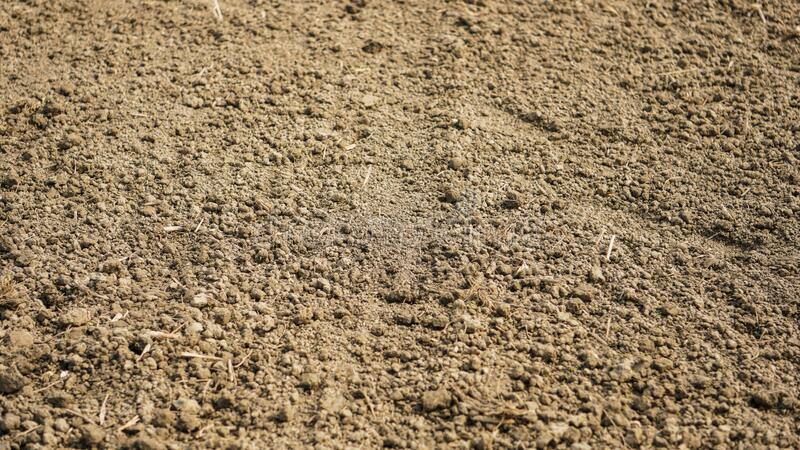
Silty soil is lightweight and easy to work with for gardening. The silt particles are of 0.002-0.05 mm in size (smaller than sand particles and more significant than clay soil particles). The silt is deposited by wind, rainwater, and ice by erosion. When dry, silt has a soft fluffy texture, and wet silt feels slippery, not grainy.
Advantages of Silt Soil
- Silt soil retains more nutrients and is highly fertile
- Better water holding capacity due to fine silt particles
Disadvantages of Silt Soil
- Silt soil can become more compact due to fine particle size and changes into a hard crust
- Poor water drainage due to compaction (soil particle aggregation)
For gardening and indoor plants, pure silty soil is considered to be more than 80 percent of dry silt material.
At the same time, most soils for houseplant and gardening purposes are a mixture of silt, clay, and sandy particles. It is, therefore, best to amend or improve the soil texture to make it more suitable for gardening.
Loamy soils are considered more outstanding for growing flower plants and vegetables. Loam is an equal mixture of sand, silt, and clay particles. This loamy soil can store nutrients, retain water during dry summer, and provide healthy plant roots aeration.
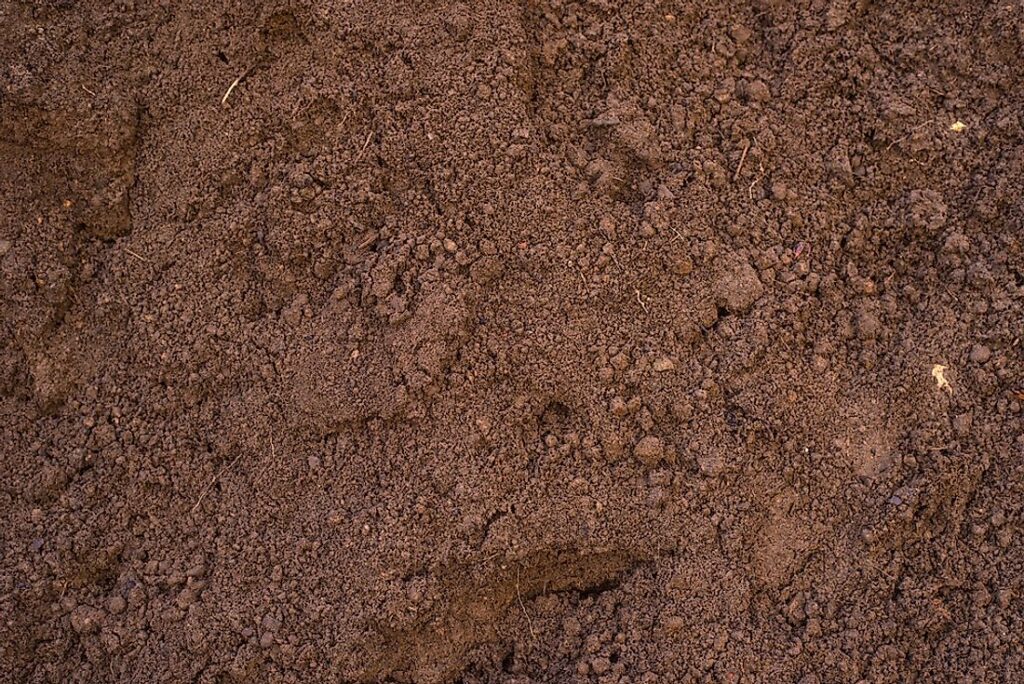
How to Improve the Silty Soils?
It is always best to consider the soil type or particles before planting any plant. For example, testing the soil before filling the pots for houseplants and beds for garden plants will ensure suitable soil for each plant. And it will also provide the addition of material to improve the soil particles for healthy plant growth.
Add Organic Matter or Organic Amendments
Pure silt is a fine granular particle and may get clogged easily. When the soil pore is blocked, the water drainage is poor and does not allow proper oxygen availability.
That is why it is important to condition or improve the soil manually. For this, add organic material such as composted manure, composted vegetables, leaves, and twigs.
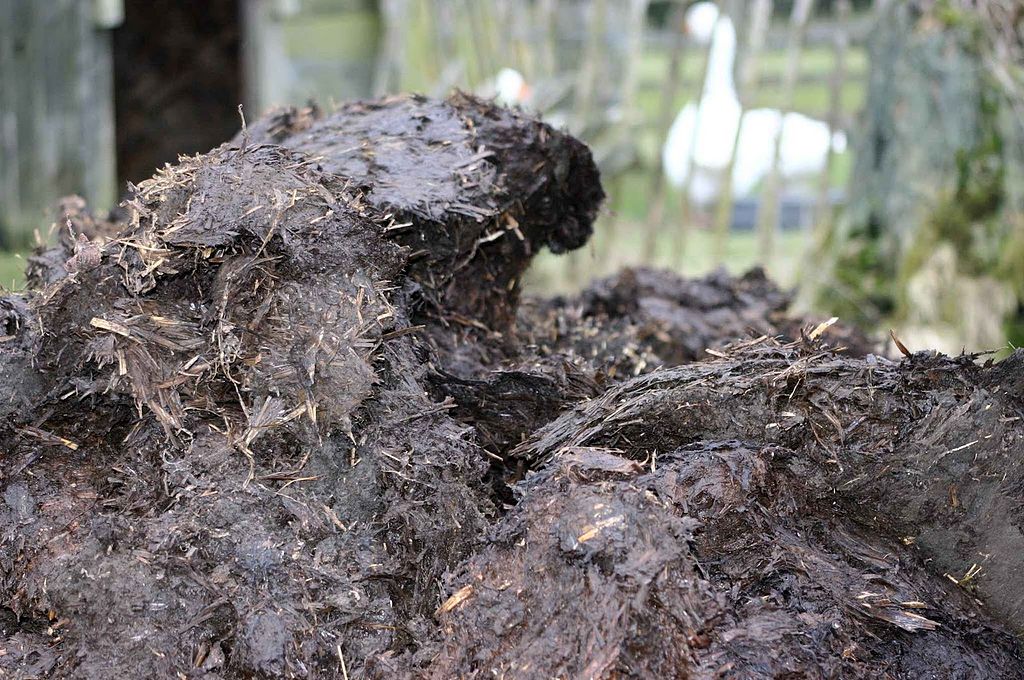
The addition of organic materials will enhance soil aeration, filtration, and nutrients. The addition of soil microbes such as beneficial fungi and bacteria in silty soils will improve nutrient cycling and plant growth.
The best way to add organic matter is to layer the material 2- to 4-inch and work on it to a depth of 8 to 12 inches because this is the root zone for most garden plants. The organic materials can be dead fallen leaves, cow manure, horse manure, and plant-based compost.
Instructions
- Always apply organic matter up to two inches of soil depth
- Do not add organic matter when soil is wet because it will compact the soil
- Always perform a soil test before starting any amendments
- Take soil samples from the various spots of the garden to achieve the best results

Add Inorganic Matter
Silt loam soils have a higher pH level (acidic) and restrict the essential plant nutrients. So to amend silty soil texture, add inorganic matter such as lime or dolomite. The addition of dolomite balances the soil pH to a favorable range and promotes plant growth.

Do not over apply the lime material because it will impact the soil aggregate stability and raises the soil pH to be basic or alkaline levels.
Amendments Through Mulching
Another best approach to improving silty soil texture is covering the soil surface. For this purpose, covering crops or organic mulch is the best way to protect soil from erosion. Moreover, mulching prevents the loss of nutrients and water evaporation.

Many organic materials such as wheat straw, chopped hardwood, bark, and dead leaves can be used to cover the soil surface. When broken down over time, this organic matter adds more nutrients to the soil and prevents moisture loss at the same time. Rice, wheat, and sugarcane straw can also be used for regular organic mulch.
Apply a 3- to 6-inch layer in early spring and late fall for best results. The slow degrading mulch can be stored and composted for later seasonal use.
Fertilize the Silty Soil
Add organic fertilizers in silty soil. However, the organic material breaks down slowly, and nutrients are unavailable to plants. For this purpose, add chemical fertilizers to fulfill plants’ nitrogen, phosphorous, and potassium requirements.
It is best to apply chemical fertilizers at the beginning of the planting season and, later, follow the application as per plant growth requirements.
Frequently Asked Questions
What is the Best Type of Soil for Gardening?
Silty loam soils are best for gardening because this type of soil contains equal contents of sand, silt, and clay. The silt loam soil provides good aeration and water filtration to plant roots. In addition, it does not develop any hardpan, which is difficult for plant roots to break open. This soil also stores nutrients for a longer time.
Is Silty Soil Good for Plant Growth?
Silty soil is more fertile than other types, such as sandy and clay soils. As a result, it retains water and nutrients for a long time and is suitable for plant growth promotion. However, the silt particles in this type of soil can be improved by adding organic and inorganic matter, mulches, etc.
What is the Meaning of Silty?
The silty material is the soil particles intermediary in sand and clay. These are fine particles that do not compact and do not harm the soil profile. And pure silty soil is composed of more than 80 percent of silt particles.
What Soil is Best for Pots?
The best potting soil is also called soilless mixes, composed of organic components such as peat moss, compost, bark, coir, vermiculite, sand, and fertilizer. And a soil that contains all these materials is considered the best potting soil. At the same time, the amount of these organic additions vary as per requirements for different plants.
How do you amend silty clay soil?
Silty clay soils are more compact and hold water and nutrients for a longer time. However, the compaction of silty clay soil suffocates the plant roots and influences their growth. Add a one-inch layer of organic matter per year to amend this soil type. Do not walk over garden beds to avoid compaction. Also, heavily mulch (covering soil surface) the soil to retain water, beneficial soil microorganisms, and nutrients.
Sources For Further Reading
- Soil Types. (2021, October 15). Boughton. Retrieved January 30, 2022, from https://www.boughton.co.uk/products/topsoils/soil-types/
- Ersek, K. (n.d.). 4 Key Soil Types: Advantages and Disadvantages. Soil Nourishing Root Stimulating. Retrieved January 30, 2022, from https://www.holganix.com/blog/4-key-soil-types-advantages-and-disadvantages
- White, C., & Barbercheck, M., PhD. (2022, January 13). Managing Soil Health: Concepts and Practices. Penn State Extension. Retrieved January 30, 2022, from https://extension.psu.edu/managing-soil-health-concepts-and-practices
Are you using soil with the right pH? Read this >>> Importance of Soil pH and Nutrient Availability for Plant Health
Keep your plants healthy, check out our plant care tips What are the Effective Ways to Fix Nitrogen Toxicity in Houseplants?







